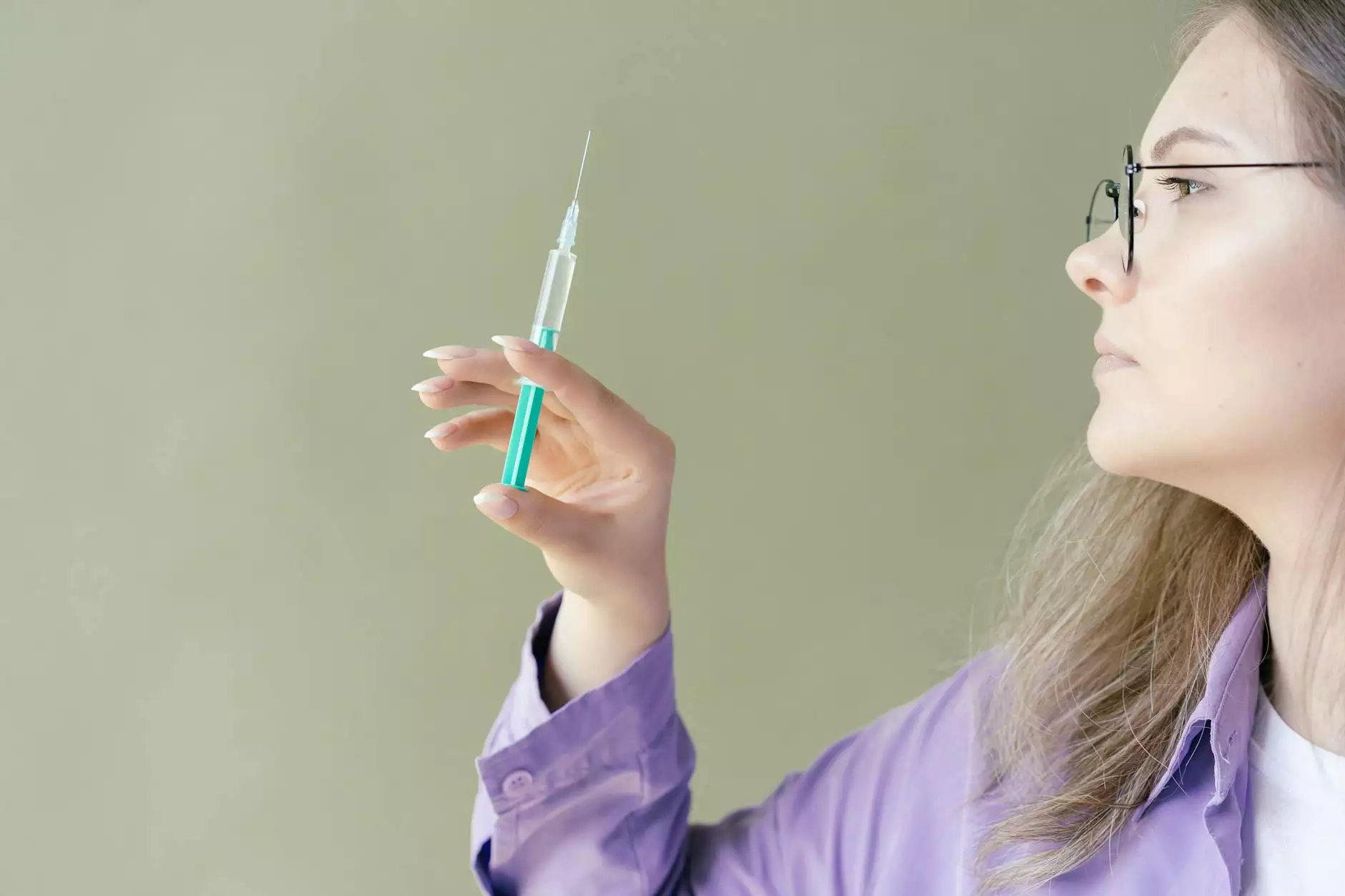Understanding the Importance of a Sterilization Unit in Healthcare

In the rapidly advancing field of healthcare, maintaining high standards of hygiene and safety is paramount. One of the most critical components that contribute to this standard is the sterilization unit. This article delves deeply into what a sterilization unit is, the processes involved, its importance in medical settings, and the best practices associated with its use.
What is a Sterilization Unit?
A sterilization unit is a dedicated area in a healthcare facility where medical instruments, equipment, and sometimes the environment itself are rendered free from all forms of microbial life, including bacteria, viruses, spores, and fungi. The primary goal of a sterilization unit is to prevent the transmission of infections during medical procedures.
Types of Sterilization Methods
The sterilization processes employed in these units can vary based on the materials being sterilized and the desired outcome. Here are some common methods used in sterilization:
- Steam Sterilization (Autoclaving): This is the most widely used method and involves saturated steam under pressure. It is effective, quick, and suitable for most heat-resistant instruments.
- Ethylene Oxide Sterilization: This method utilizes ethylene oxide gas to sterilize heat-sensitive items. It requires specialized equipment and controls to ensure safe handling.
- Dry Heat Sterilization: Involves using hot air that is free from moisture to sterilize instruments. It is ideal for materials that cannot tolerate moisture.
- Hydrogen Peroxide Plasma: This advanced method uses vaporized hydrogen peroxide to sterilize medical equipment without leaving harmful residues. It is particularly effective for delicate instruments.
- Radiation Sterilization: Often used for single-use medical devices, this method utilizes gamma rays or electron beams to eliminate microbial life.
Importance of Sterilization Units
The role of a sterilization unit cannot be overstated. In healthcare settings, these units contribute significantly to patient safety and the overall quality of care. Here’s why they are essential:
Infection Control
Infections acquired during hospital stays, commonly known as Healthcare-Associated Infections (HAIs), pose serious risks to patients. Effective sterilization of instruments and equipment reduces the likelihood of these infections, protecting both patients and healthcare workers.
Compliance with Regulations
Healthcare facilities are mandated by law to follow strict guidelines and regulations regarding sterilization to ensure public health safety. Having a dedicated sterilization unit helps hospitals and clinics comply with these protocols, avoiding potential fines and legal issues.
Enhanced Patient Trust
When patients enter healthcare facilities, they expect the highest standards of care. Visible adherence to sterilization practices builds trust and confidence among patients, making them more likely to choose your facility for their medical needs.
Best Practices for Operating a Sterilization Unit
To maximize the effectiveness of a sterilization unit, healthcare facilities must implement best practices and adhere to protocols. Below are some essential guidelines:
Staff Training and Education
Staff handling sterilization units should undergo rigorous training to understand the importance of sterilization, the types of methods used, and the proper procedures for operating sterilization equipment. Regular workshops and refresher courses can help maintain high standards.
Regular Equipment Maintenance
Like any specialized equipment, sterilization units require regular maintenance to ensure they operate correctly. Regular checks and servicing by qualified personnel can prevent malfunction and minimize the risk of ineffective sterilization.
Monitoring and Documentation
Keeping accurate records of sterilization processes, including parameters like temperature, pressure, and exposure time, is crucial. This documentation not only ensures compliance but also aids in troubleshooting any issues that arise.
Environment Control
The environment surrounding the sterilization unit must also be controlled. This includes maintaining cleanliness, controlling airflow, and ensuring proper waste disposal. A clean environment minimizes the risk of contamination.
Technological Advancements in Sterilization Units
The field of sterilization is continually evolving, with advancements in technology significantly enhancing the efficiency and effectiveness of sterilization units.
Automated Sterilization Processes
Automation in sterilization processes has streamlined workflows, reducing human error and improving consistency in sterilization outcomes. Automated monitoring systems can track all parameters and alert staff to any deviations from established protocols.
Integration of IoT in Sterilization
The Internet of Things (IoT) plays a significant role in modernizing sterilization units. Smart sterilizers can transmit data on sterilization cycles in real time to central management systems, enhancing oversight and ensuring compliance.
Use of Data Analytics
With the increasing amount of data generated by sterilization processes, data analytics can help healthcare facilities identify trends, predict potential failures, and optimize sterilization practices, leading to better patient outcomes.
Challenges Facing Sterilization Units
Despite the evident benefits, sterilization units also face challenges that healthcare facilities must address:
Cost of Equipment
Investing in advanced sterilization technology can be costly. However, healthcare facilities must weigh this cost against the potential risks of inadequate sterilization, including patient infections and legal repercussions.
Evolving Standards and Regulations
As guidelines and regulations evolve, healthcare facilities must stay informed and adapt their sterilization protocols accordingly. This requires ongoing education and potential upgrades to existing sterilization processes.
Resistance to Change
Healthcare staff can be resistant to adopting new technologies or changing established protocols. Overcoming this resistance through education and clear communication is essential for successfully implementing new practices.
The Future of Sterilization Units
As we look to the future, the emphasis on sterilization in healthcare will likely grow. The integration of more advanced technologies and methodologies will further enhance the efficacy of sterilization units, increasing the safety and health of patients. Continuous innovation will play a crucial role in addressing both current and emerging challenges in healthcare.
Conclusion
The sterilization unit is a fundamental component of healthcare facilities, ensuring that instruments and equipment are safe for patient use. By adhering to best practices, embracing technology, and overcoming challenges, healthcare providers can significantly enhance patient safety and care quality. As the industry progresses, the role of the sterilization unit will remain vital in safeguarding health and preventing infection.









